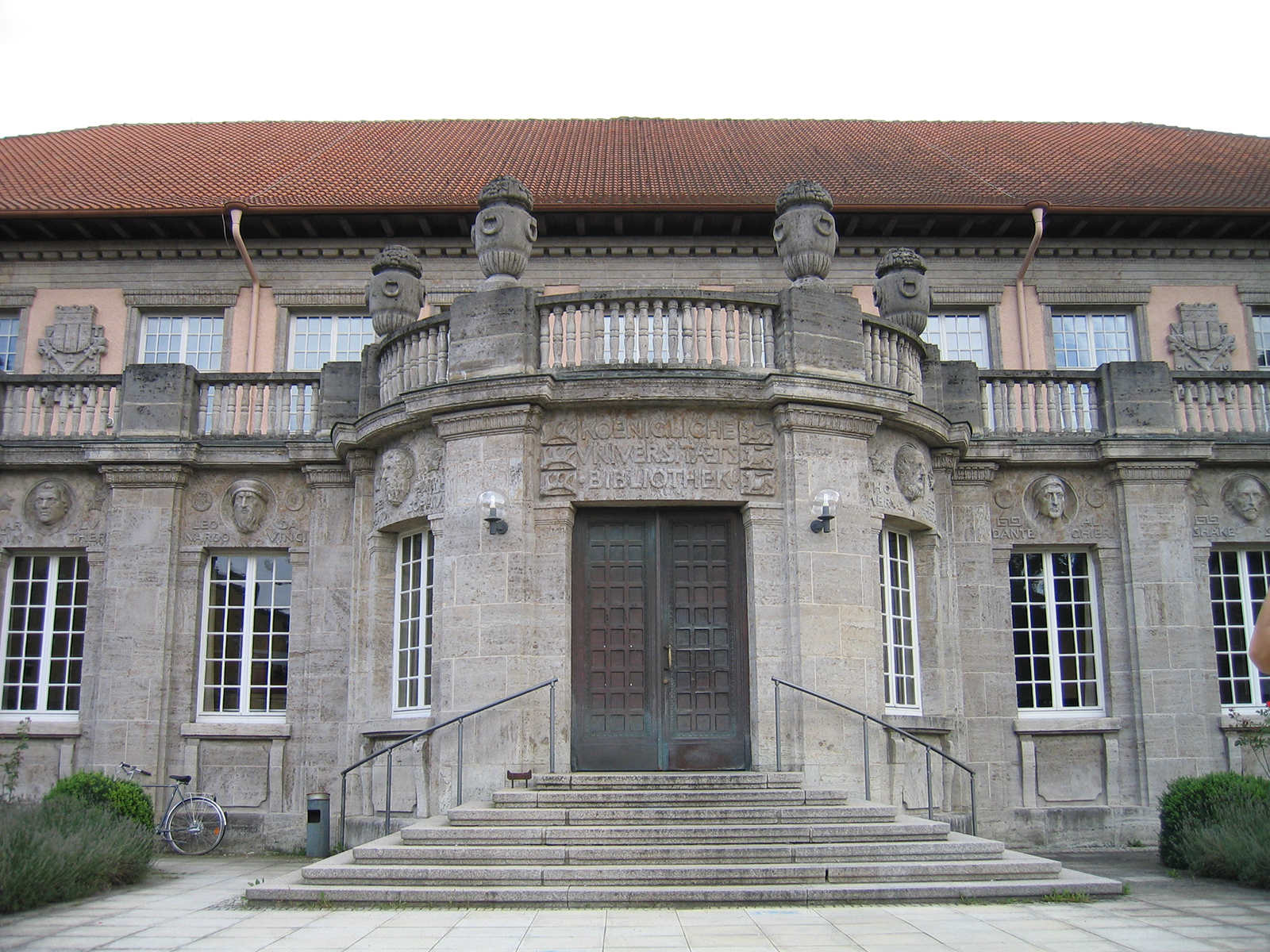University of Tübingen: Spectacular ceiling paintings discovered in the Temple of Esna
German and Egyptian researchers have uncovered a series of colorful ceiling paintings in the temple of Esna in Upper Egypt. As Professor Christian Leitz from the University of Tübingen reported, the relief-like images of the middle section of the ceiling are a total of 46 depictions of the Upper Egyptian crown goddess Nechbet and the Lower Egyptian crown goddess Wadjet. Both goddesses are represented as vultures with outstretched wings. While Nekhbet wears a vulture’s head and the Upper Egyptian crown, Wadjet is recognizable by the Lower Egyptian crown seated on the head of a cobra.
Researchers from the Institute for Ancient Cultures of the Orient at the University of Tübingen and the Egyptian Ministry of Tourism and Antiquities (Dr. Hisham el-Leithy) have been working since 2018 to uncover the reliefs, paintings and inscriptions of the temple and to make the original colors visible again . “Ancient temples and representations of gods were often painted in bright colors, but these have usually faded or completely disappeared due to external influences,” said Leitz. In the Temple of Esna the colors were covered by a layer of dirt and soot and preserved in this way for almost 2000 years.
The depictions of the two crown goddesses that have now surfaced were previously unknown to the professional world in their splendor of colour. “From the 1950s, the French Egyptologist Serge Sauneron systematically documented the temple of Esna and the images that were visible at the time,” said the Tübingen scientist Dr. Daniel von Recklinghausen: “The pictorial program of the temple is unique in terms of the richness of the representations and the state of preservation of the colors.”
More than half of the ceilings and eight of the 18 pillars have so far been cleaned, conserved and documented by a team led by Ahmed Emam. In addition, the two architraves of the central ceiling section – horizontal beams that support the superstructure – are now free of soot. “This means that all decorative elements can be related to one another for the first time,” said Christian Leitz. “This was impossible with Sauneron’s publication alone.” The Tübingen Egyptologist is now planning a complete translation of the Esna inscriptions and is also working on the connections between the various inscriptions and depictions inside the temple.
From the temple in Esna, 60 kilometers south of Luxor in Egypt, only the vestibule (the so-called pronaos) is preserved, but it is complete: 37 meters long, 20 meters wide and 15 meters high, the sandstone building was built under the Roman emperor at the latest Claudius (AD 41-54) placed in front of the actual temple building and may have overshadowed it. The location in the middle of the city center probably contributed to the fact that the porch was preserved and was not used as a quarry for building material like other buildings during the industrialization of Egypt. Even in Napoleon’s time, the pronaos attracted a great deal of attention in specialist circles, as it was regarded as the ideal example of ancient Egyptian temple architecture.

